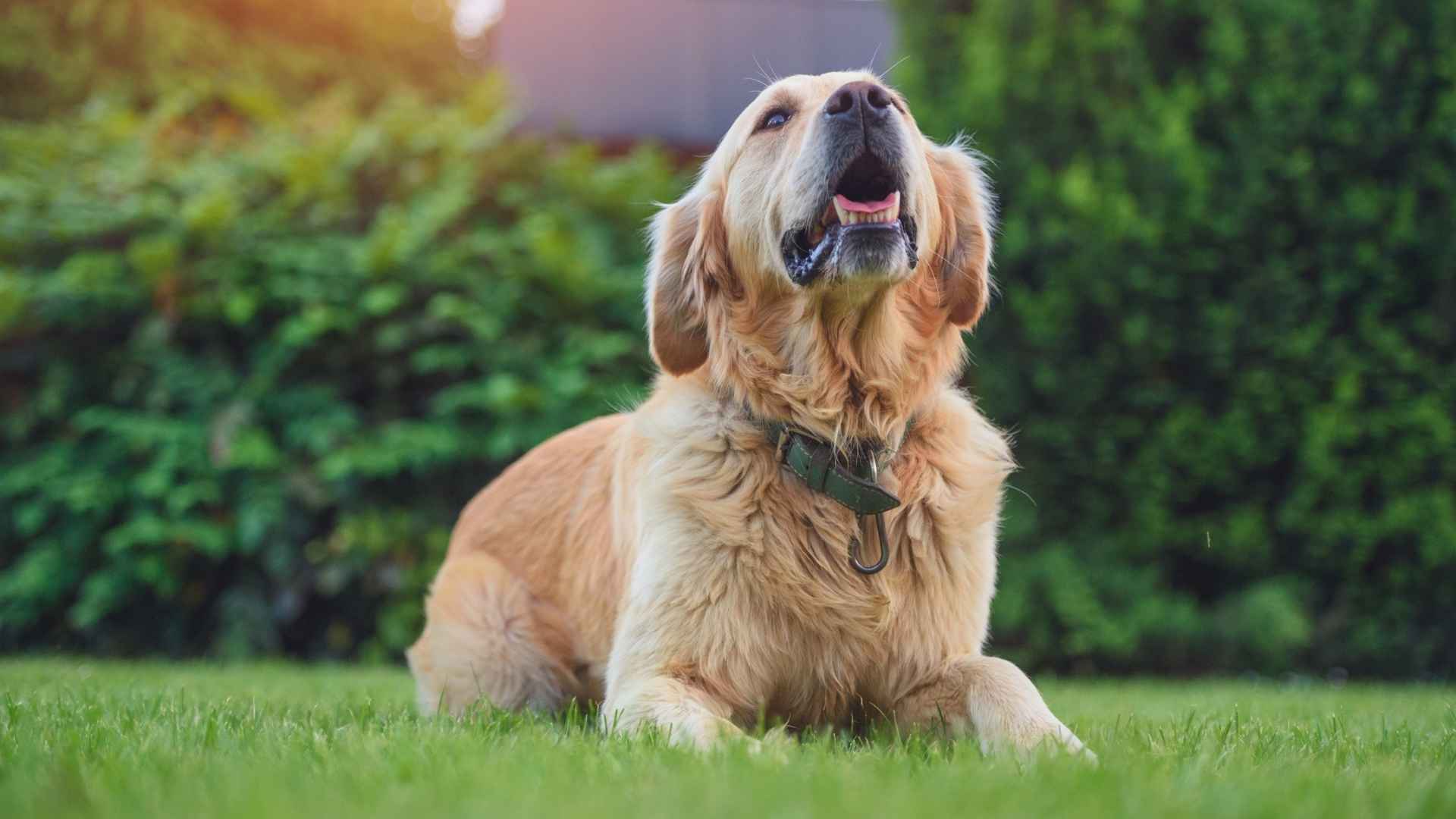Some dogs, like Basenji, are popular for not barking at all, while others are famous for being too vocal. These are the loudest dog breeds that bark a lot! Usually, the livestock guardian dogs are known for being too vocal. Many, not all, Hound dogs and Terriers also make the list of the loudest dogs.
Dogs bark to communicate various things to their owners, such as alerting them of potential dangers, asking them for attention, or expressing excitement. However, not all vocal dogs are aggressive; most of them are just anxious or aroused.
Interestingly, it’s not always the largest dog with the loudest bark; sometimes the smallest breeds have the loudest barks. Dog owners should understand why their dog is barking, especially if it’s giving negative vibes and affecting the dog’s overall well-being.
Here are the top 9 vocal dog breeds known for being too loud.
9 Dog Breeds with the Loudest Barks
1. Golden Retriever
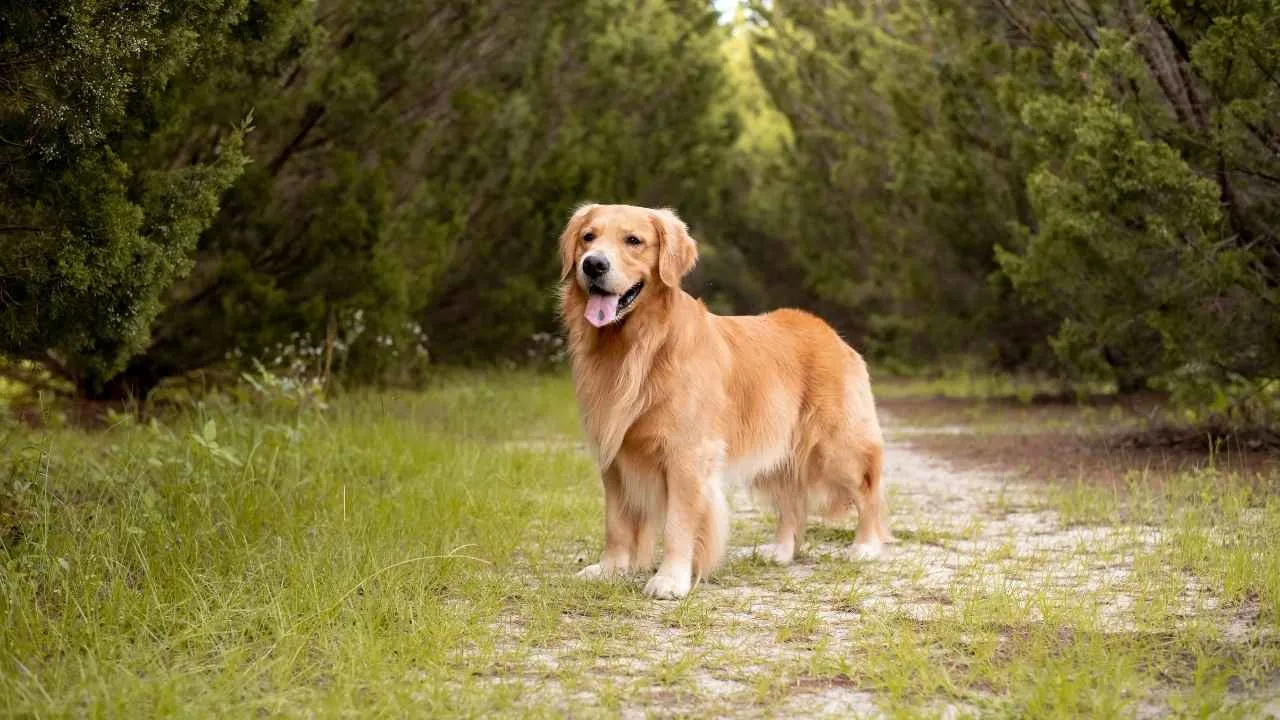
Breed Profile
Height: 21.5 to 24 inches
Weight: 55 to 75 pounds
Life Expectancy: 10 to 12 years
They are the popular gundogs that hold the world record for the loudest bark since 2012. These loyal and devoted companions were developed never to bark in the shooting field, where their loud bark can be a distraction.
However, it can be quite useful in their role as search and rescue dogs. Their booming barks also benefit them while hunting or protecting their family.
Do you know? Guinness World Record mentions a Golden Retriever named Charlie for the loudest bark, that is 113.1 decibels, just 10 decibels louder than a jackhammer!
Goldies bark loudly, but they do not respond to strangers with frequent and obsessive barking. They are known for their friendliness towards unfamiliar people.
2. German Shepherd
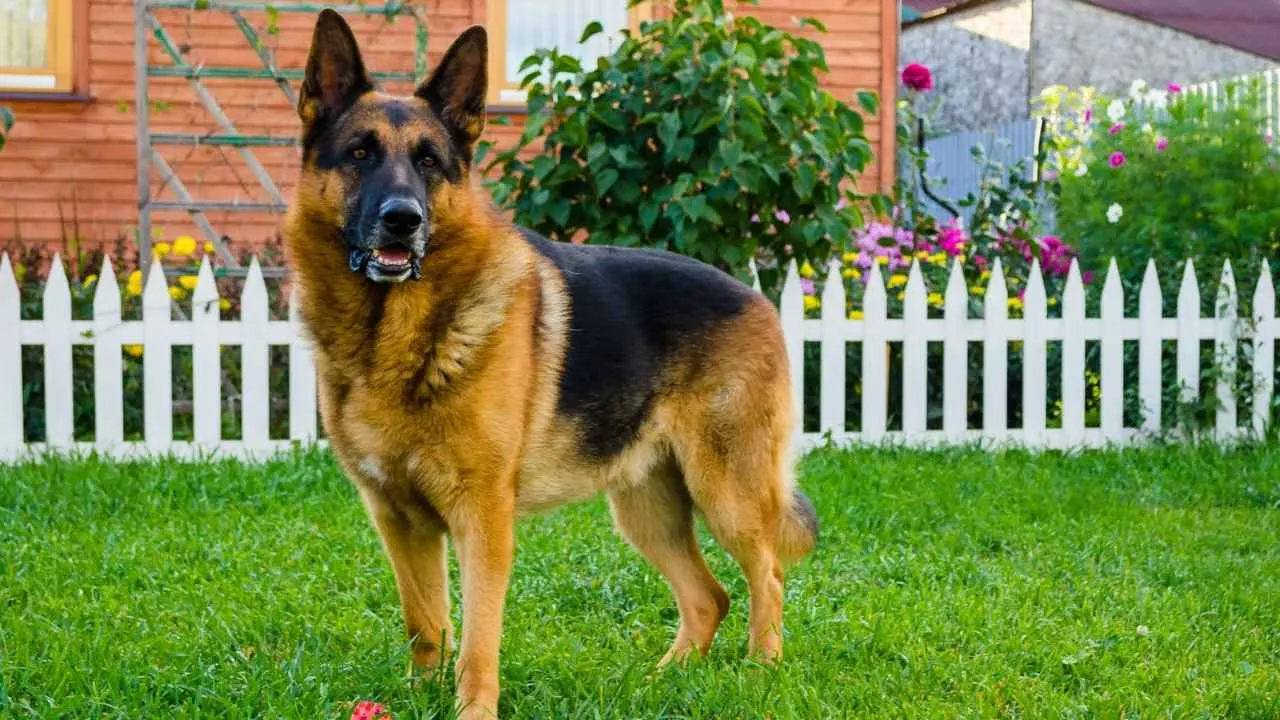
Breed Profile
Height: 22 to 26 inches
Weight: 50 to 90 pounds
Life Expectancy: 12-14 years
German Shepherds are expressive dogs with a distinctive and loud bark. These working dogs assisted humans in herding livestock. German Shepherds are loyal and intelligent canines known for their role in police, military, and guard work.
They use their deep and resonant bark to alert and intimidate intruders. German Shepherds make excellent guard dogs due to their high intelligence, protective instincts, easy trainability, and muscular build. Any criminal would plead guilty in front of a dog with such a scary bark and a strong bite force.
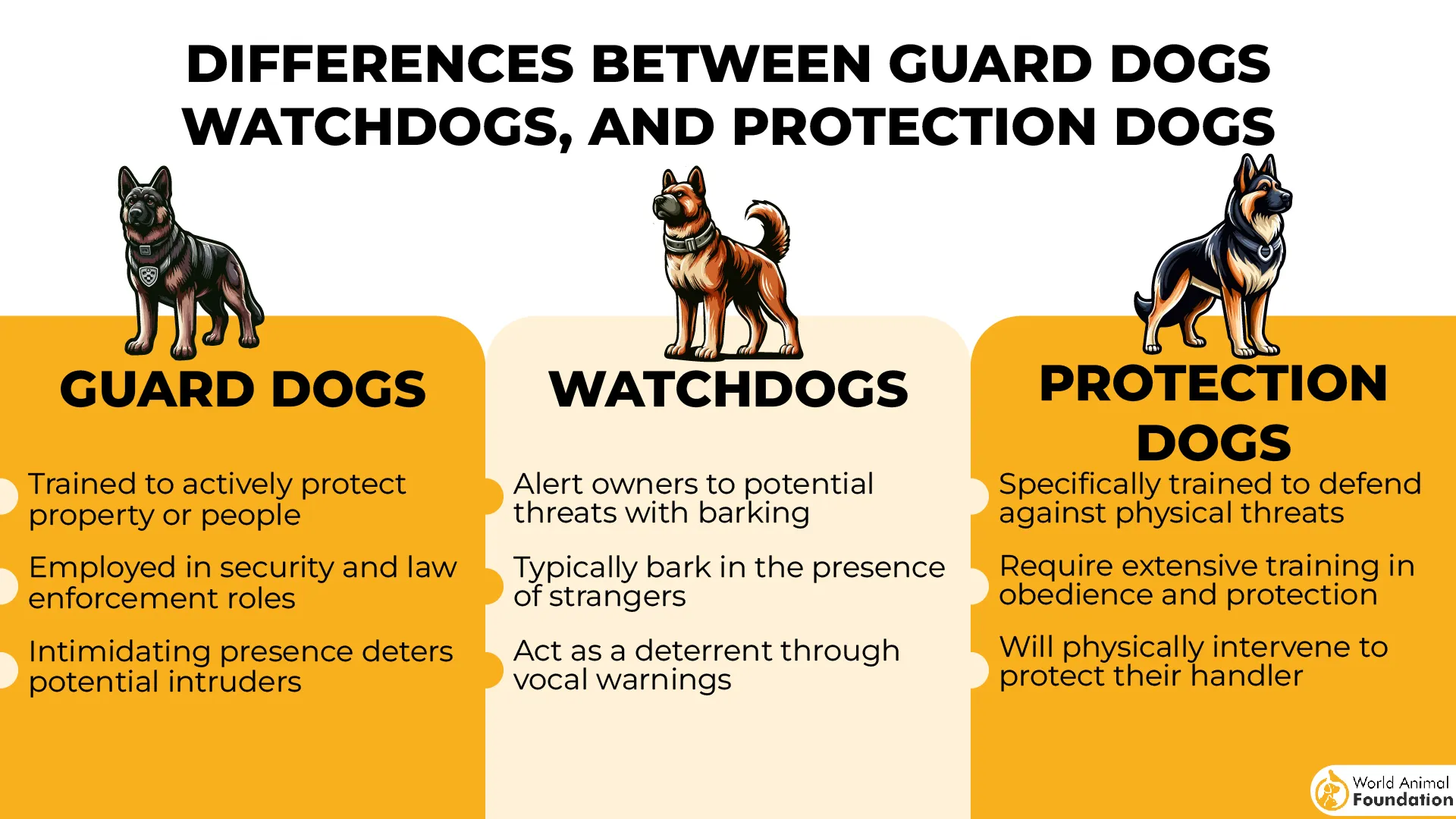
According to PetMD, the German Shepherd is an active and athletic dog that requires one to two hours of exercise every day.
3. Beagle

Breed Profile
Height: 13 inches & under13-15 inches
Weight: Under 20 pounds (13 inches & under)20-30 pounds (13-15 inches)
Life Expectancy: 10 to 15 years
This incredibly popular and one of the barkiest dogs was originally bred to howl during hunts. It helped the hunters locate their prey. One of the smallest scent hounds, Beagles have a distinctive howl and exhibit a wide variety of vocalizations.
The name “Beagle” comes from a French word, “Begueule,” which means “open throat.” They are so loud that their baying sound can reach up to 100 decibels.
Beagles are pack animals. They use their vocalizations as a means to communicate with other dogs in the pack. However, they are also prone to barking when they are bored or want to seek their owners’ attention.
4. Siberian Husky
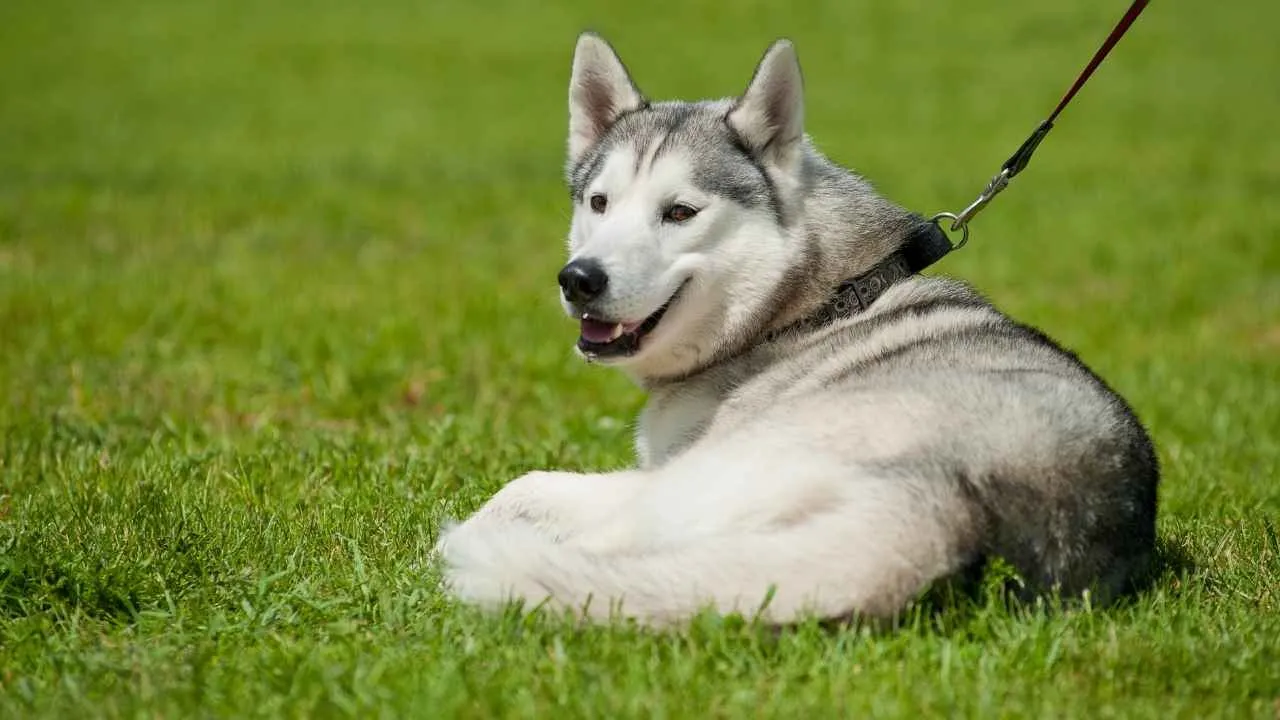
Breed Profile
Height: 20 to 23.5 inches
Weight: 35 to 60 pounds
Life Expectancy: 12 to 14 years
Siberian Huskies do not bark much, but they are quite vocal. The vocal range of these pack animals is around 90 decibels, which allows them to communicate over long distances. They are known for “talking” like humans, as noted by the American Kennel Club.
They do not shy away from expressing their excitement, anxiety, or stress. At any cost, these noisiest dogs make sure they are being heard! Common Husky vocalizations include whining, howling, yelping, and screaming.
You will often notice these sled dogs howl along with external sounds like a siren, sounds from the television, or a crying baby. Huskies can even sing along to music.
5. Pomeranian
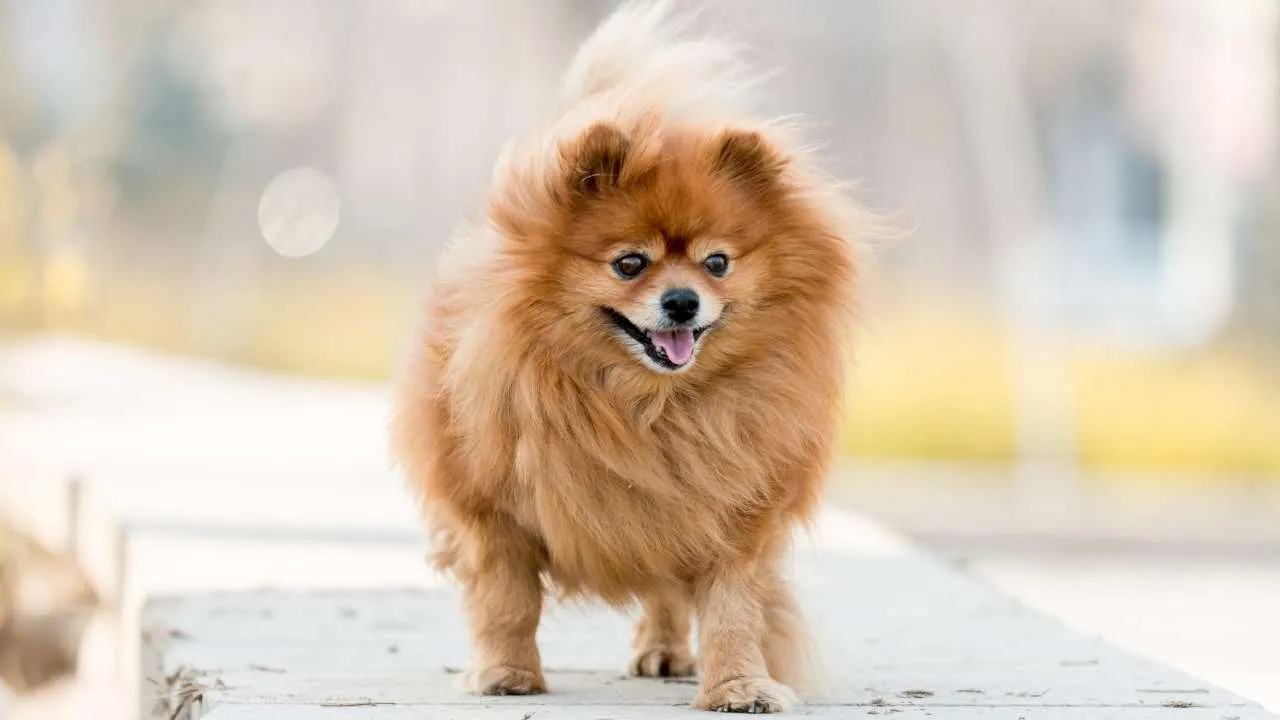
Breed Profile
Height: 6 to 7 inches
Weight: 3 to 7 pounds
Life Expectancy: 12 to 16 years
Poms do not howl only for attention, there may be several reasons behind it. These excellent watchdogs may vocalize to alert their owners about any potential threat. Poms can also bark to express their separation anxiety or sometimes when they feel vulnerable.
Pomeranians are small dogs having a fluffy coat and a vivacious personality. The little puff balls are full of love and energy. But don’t be fooled by their size, they have the loudest bark!
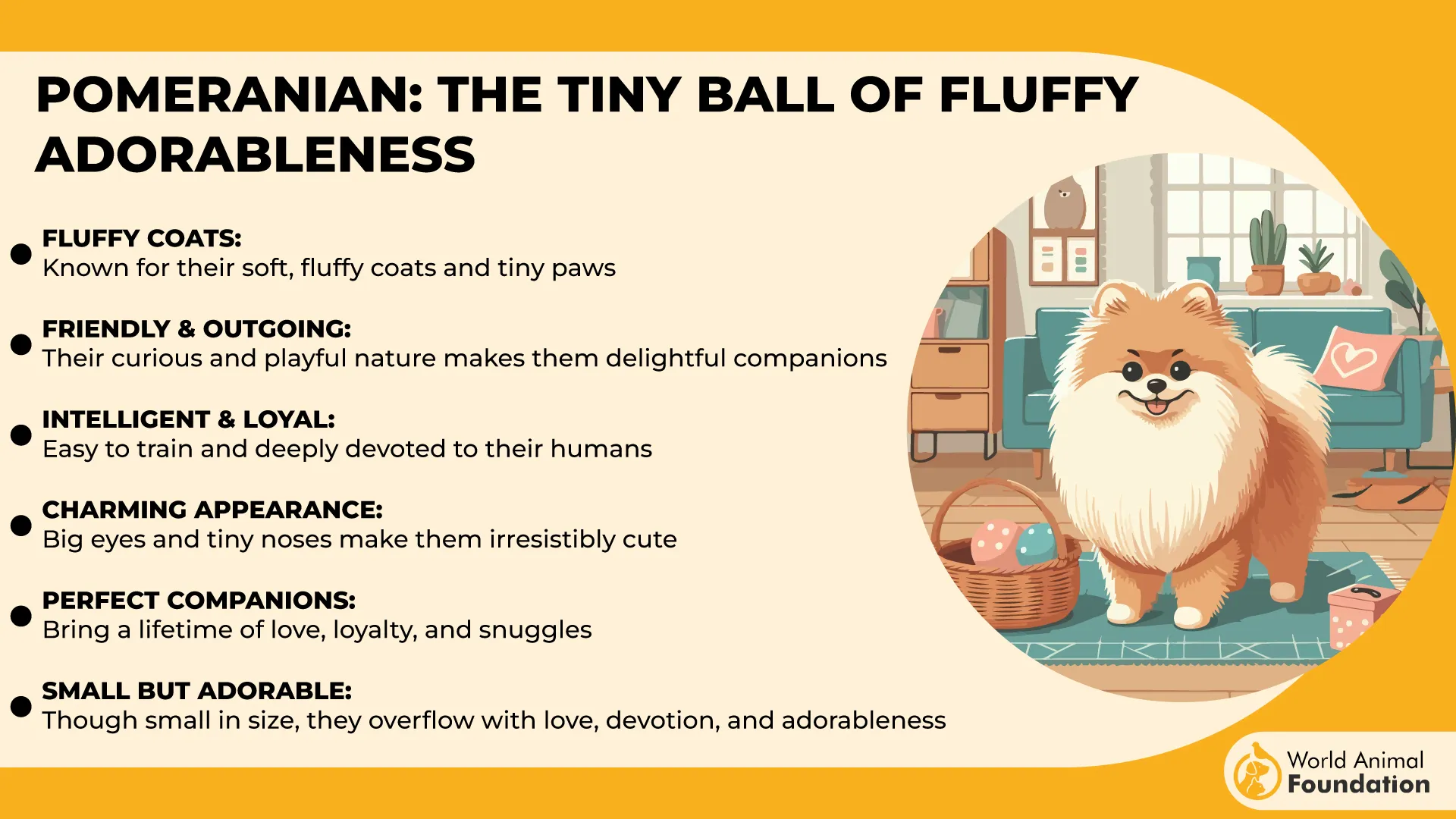
They are also prone to excessive barking when they encounter unfamiliar faces, dogs, or people. However, proper socialization and training can help overcome this behavior.
6. Doberman Pinscher
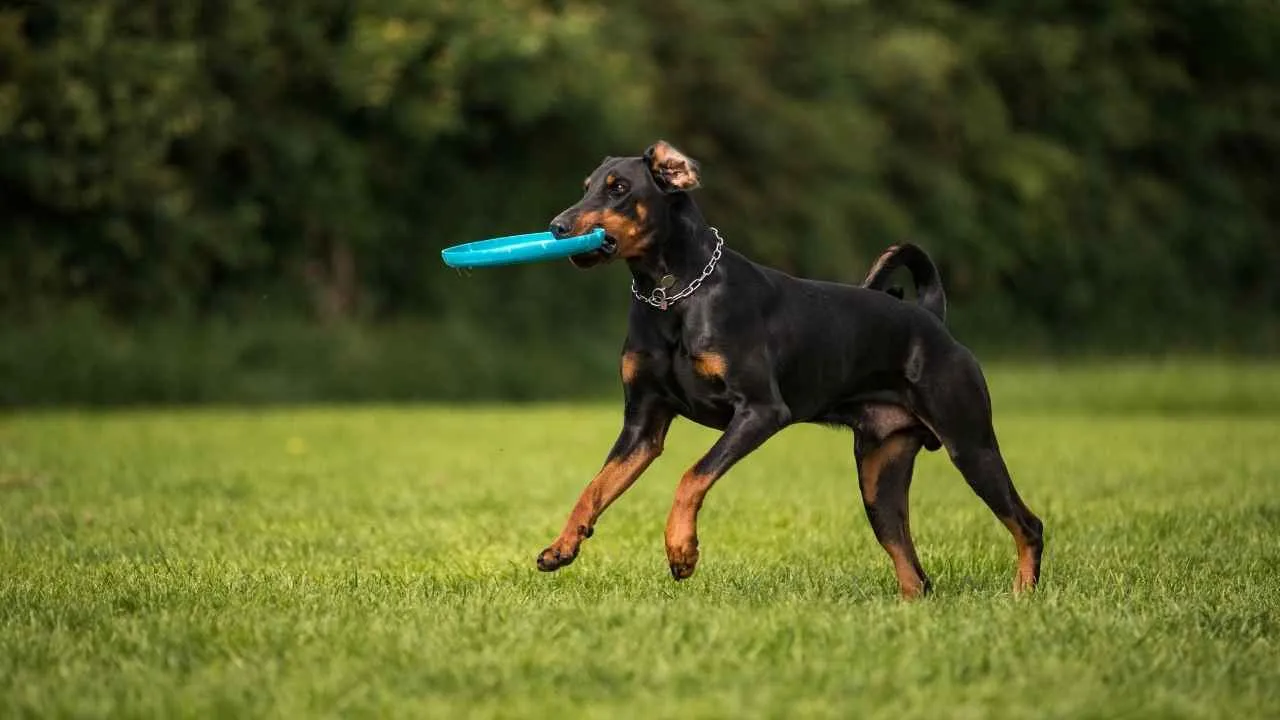
Breed Profile
Height: 24 to 28 inches
Weight: 60 to 100 pounds
Life Expectancy: 10 to 12 years
Doberman Pinschers are one of the best guard dogs with an athletic build and a noble aura. These curious and intelligent dogs have one of the most intimidating barks in the canine world. They use their bark as the first line of defense against potential intruders.
They have an innate ability to sense danger and issue a warning with their incredibly loud bark before taking physical action. Their powerful barks can be heard from long distances. A well-trained and properly socialized Dobie makes an affectionate family pet.
Dobermans are playful dogs having high energy levels, explains Purina. They need plenty of exercise, including long walks, runs, or hikes, for physical and mental stimulation.
7. Rottweiler
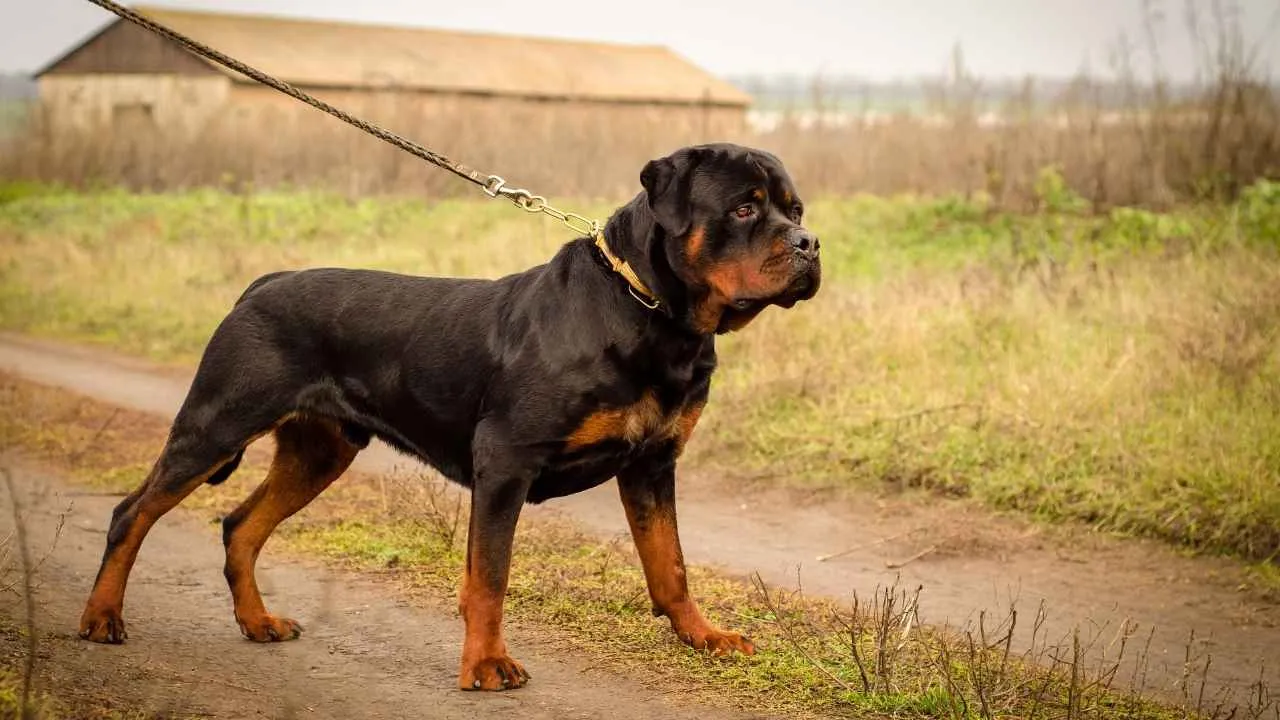
Breed Profile
Height: 22 to 27 inches
Weight: 80 to 135 pounds
Life Expectancy: 9 to 10 years
Rottweilers were originally bred to drive cattle and pull carts. They used their loud bark to control livestock and deter predators. Their intelligence, high trainability, and intimidating bark make them excellent guard dogs.
A Rottie’s bark reflects its confidence and assertiveness. Your Rottweiler will not bark at every leaf that falls in your yard, but they will let the bark cannons loose if they sense a threat to themselves or their family.
Despite their tough reputation, a well-bred Rottweiler is calm, confident, and courageous, with a deep love for human companionship. Beneath their strong and imposing exterior lies a loyal heart and a gentle, devoted spirit.
8. Basset Hound
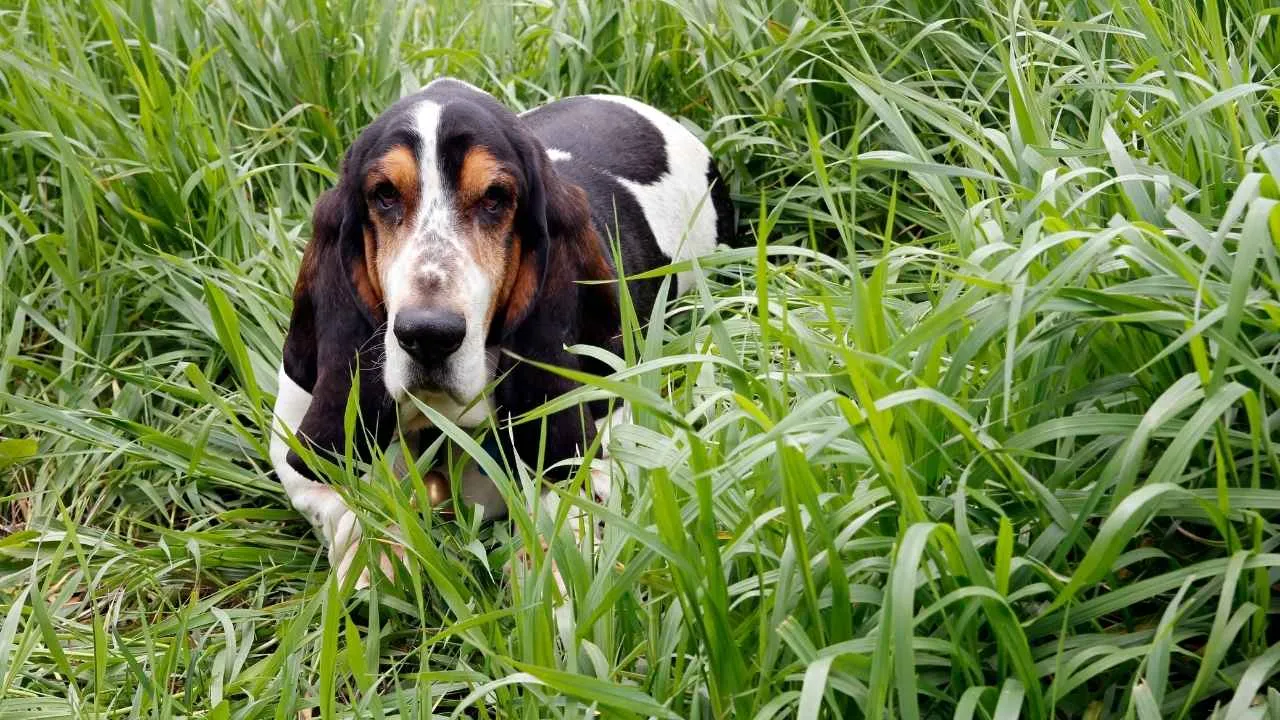
Breed Profile
Height: Under 15 inches
Weight: 40 to 65 pounds
Life Expectancy: 12 to 13 years
Basset Hounds are dogs having long ears, droopy eyes, and short legs. Despite having a calm nature, they are quite vocal. Having a hunting history as scent hounds, they used deep and resonant howls to communicate during hunting. This history of vocalization still persists in them.
These low-key, charming, and patient fellows possess a lot of strength and stamina. Basset Hounds are built for endurance rather than speed. They are known for their excellent tracking trait and sense of smell. These low-slung pooches are quite stubborn on the trail and bark in a loud and ringing voice.
Basset Hounds are not very active, but they require moderate exercise to stay happy and healthy. These pack animals enjoy canine company on outings.
9. Alaskan Malamute
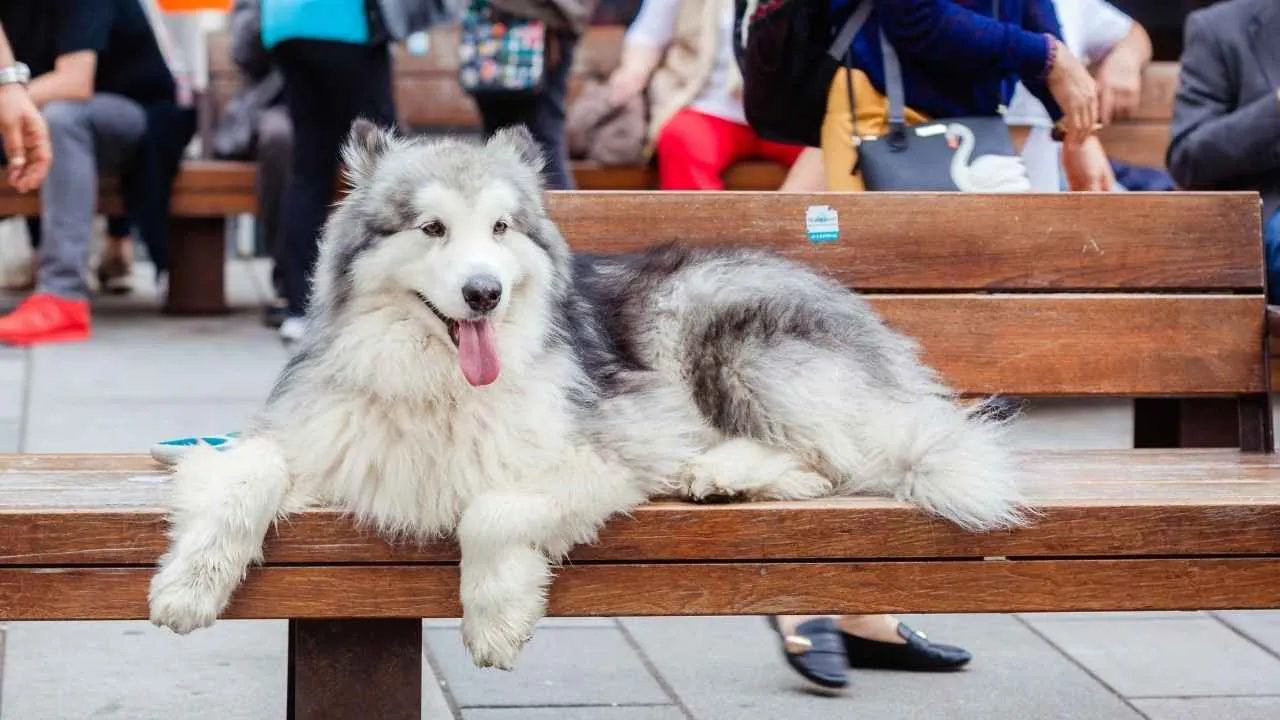
Breed Profile
Height: 23 to 25 inches
Weight: 75 to 85 pounds
Life Expectancy: 10 to 14 years
Resembling Siberian Huskies in appearance, Alaskan Malamutes are known for their powerful barks. This Arctic dog breed is a powerful yet affectionate companion. With its imposing, wolf-like appearance, this intelligent and friendly breed was originally developed for strength and stamina, capable of hauling heavy loads across frozen landscapes.
Today, they are just as eager to form strong bonds with their human families as they once were to pull cargo through the snow. Their bark, mixed with a distinctive howl, is loud enough to communicate through the sound of wind and snow.
Alaskan Malamutes use their bark for various reasons, including alerting their owners, communicating with their pack, and expressing excitement. They express themselves through howling and a sort of singing sound that can reach up to 110 decibels.
Conclusion
Several dog breeds are known for having the loudest barks. Their loud barks do not mean that they are aggressive all the time when they are barking. They use their barks and vocalizations to communicate with their pack or their humans. Some dogs speak louder than their size, just like Beagles!
From Golden Retrievers to Pomeranians, German Shepherds, Rottweilers, and Alaskan Malamutes, dogs bark often to express their excitement or anxiety. Some dog breeds also bark when they are bored. As a pet parent, you have to understand your dog’s language!


